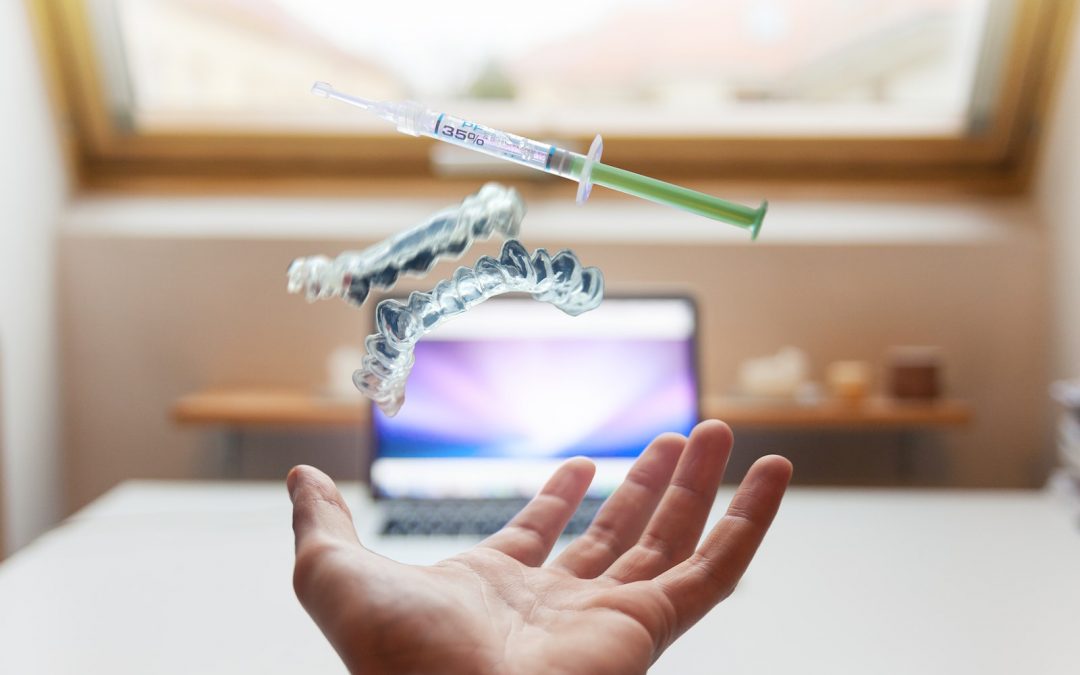- Digital Dentistry: Dental technologies or systems that incorporate digital or computer-controlled components for performing dental procedures.
- In-Lab System: Dental technologies used in laboratories to produce restorations such as crowns, bridges, dentures, etc.
- In-Office System: Digital dentistry systems used within the dental clinic.
- CAD/CAM (Computer Aided Design/Computer Aided Manufacturing): Software used to design and manufacture various dental products, including restorations.
- Restorative: Procedures or methods of replacing missing or damaged teeth.
- Crowns: Fixed prosthetic devices that are cemented onto existing teeth or implants to cover a damaged tooth or an implant.
- Dentures: Prosthetic devices constructed to replace missing teeth, supported by the surrounding soft and hard tissues of the oral cavity.
- Bridges: Dental restorations used to fill the space where a tooth is missing, bonded to the teeth on either side of the space.
- Veneers: Thin layers of restorative material placed over a tooth surface, used to improve aesthetics or protect a damaged tooth surface.
- Inlays/Onlays: Indirect restorations that fit into or onto the affected tooth. Used when the tooth is too damaged to support a filling but doesn’t need a crown.
- Dental Laboratory: A facility where dental technicians create dental restorations, prosthetic devices, and other dental appliances.
- Dental Clinic: A healthcare facility that provides dental care, including diagnosis, preventive care, and treatment of oral health issues.
- Research/Academic Institute: Institutions that conduct research and provide education in various fields, including dentistry.
- Intraoral Scanner: A device that captures direct optical impressions, which helps in visualization of the mouth, teeth and gums structure.
- Cone Beam Computed Tomography (CBCT): A special type of x-ray machine used in situations where regular dental or facial x-rays are not sufficient.
- Digital Radiography: Digital X-ray technology that represents an evolution from traditional photography film X-ray imaging.
- 3D Dental Imaging: Advanced imaging technology that provides a detailed three-dimensional view of oral structures.
- Teledentistry: A subset of telehealth that virtually connects patients to dentists, facilitating dental care, consultation, education, and public awareness.
- Dental Lasers: Lasers specifically designed for dental applications, they can be a useful tool for a variety of dental procedures.
- Digital Impressions: A digital scan that creates a virtual, computer-generated replica of the hard and soft tissues in the mouth using lasers and other optical scanning devices.
- Dental Practice Management Software (DPMS): Software designed to oversee the day-to-day operations of a dental office.
- Electronic Health Records (EHRs): Digital versions of patients’ health information, including medical history, diagnoses, medications, treatment plans, etc.
- Digital Smile Design: A tool that enables dentists to create a virtual simulation of a patient’s potential smile makeover.
- Digital Dental Prosthetics: These are digitally designed and manufactured dental appliances like crowns, bridges, dentures, etc.
